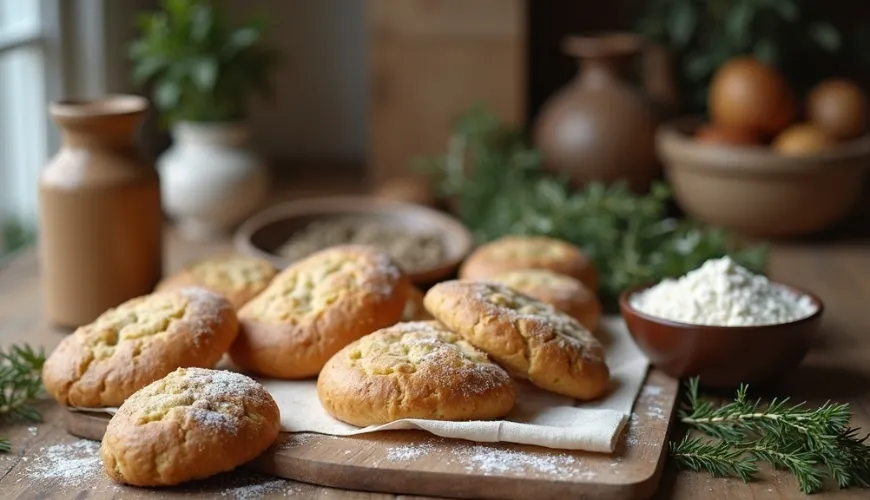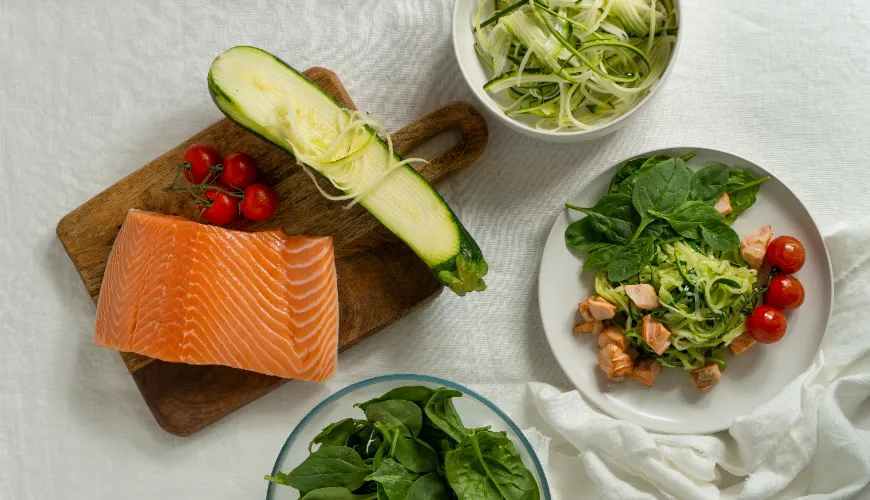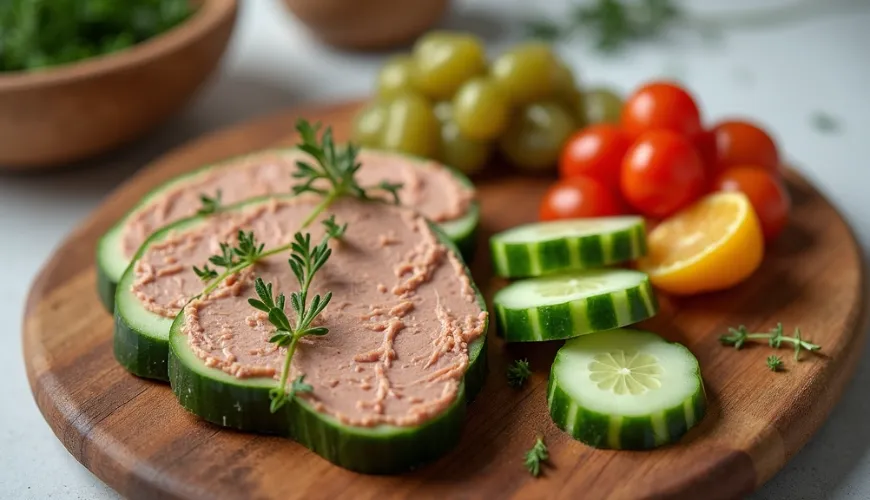
The Bench in Czech Culture and Its Irreplaceable Place

What Exactly is a Banketka and Why is it Among the Most Popular Pastries?
When you mention banketka, most people think of a small, elongated pastry with a crispy crust and a slightly fluffy interior. You can hardly ever overlook it on a festive table. It is often found in a basket of pastries during wedding receptions, buffet breakfasts, or corporate caterings. But what is banketka really, and why has it gained such popularity?
The word "banketka" may sound a bit foreign, even though it refers to a typically Czech pastry. It evolved from French and Austrian baking traditions, but over the years it has become a staple in Czech bakery offerings. Its name is derived from the word "banquet," meaning a festive feast. That’s where these small rolls, baguettes, or buns – in various shapes and forms – are most commonly found.
Banketkas differ from classic rolls mainly in size – they are smaller, elegant, and often made from high-quality buttery or milky dough. They are often adorned with seeds, salt, or cheese, making them appealing not just in taste but also visually. It’s a pastry meant to be a tasteful adornment of any festive table, while also pleasantly complementing any menu.
A Versatile Helper in the World of Gastronomy
Thanks to their size and aesthetics, banketka pastries have become a favorite helper in gastronomy. It doesn’t matter if you’re preparing brunch for friends or a festive dinner for business partners – banketka is always welcome. It can be served on its own, with butter, pâté, cheese, and it can even be used as a base for mini sandwiches or canapés.
One reason for its popularity is its easy consumption. Few pastries can be elegantly held and eaten with one hand, without crumbs and falling apart. Combined with a juicy spread or a slice of cold cuts, it becomes a gourmet experience. Unlike regular bread or large baguettes, it doesn’t require slicing, which is a huge advantage in buffet conditions.
You might have noticed that banketkas are offered in various flavors – from classic wheat to rye, onion, garlic, and even herb variants. Thus, everyone can find their favorite without having to reach for other pastries.
A Tradition That Survived Generations
Interestingly, banketka pastries hold a firm place in Czech culture for several generations. Many remember participating in family celebrations as children, where a tray of banketkas was a centerpiece on the table, surrounded by ham rolls and decorated with parsley and salad leaves. This image of a festive table is almost an archetype of Czech social events.
Even in households where baking is a rare event, the recipe for banketkas is often passed down from generation to generation. Traditional recipes use easily accessible ingredients – flour, milk, butter, yeast, salt – but the result is often more than the sum of its parts.
Mrs. Alena from Brno recalls how her grandmother handed down a banketka recipe, handwritten in a yellowed notebook: “We made them before every celebration. Grandma said a wedding wouldn’t be a wedding without banketkas. And truly – they always disappeared first.”
Homemade Banketkas? No Problem
Although we most often buy them in bakeries or supermarkets, banketkas can be relatively easily baked at home. If you have some time and a desire for something original, homemade banketka can be a pleasant weekend project. Moreover, once you master the basic dough, you can experiment with shapes, sizes, and flavorings.
The basic recipe usually involves a combination of plain flour, yeast, lukewarm milk, sugar, salt, and butter. The dough is left to rise, divided into small elongated buns, which can be baked immediately or allowed to rise a bit more on the baking sheet. Homemade banketkas also smell wonderful, creating the perfect atmosphere of comfort and hospitality.
If you want to try a healthier version, you can replace part of the regular flour with rye or spelt, add seeds, or use plant-based fat instead of butter. The result is a pastry that can be both delicious and nutritionally interesting.
Banketka vs. Other Types of Pastries
You might be wondering how banketka is different from other small pastries, like mini rolls or small baguettes. The answer is simple – it’s a combination of size, dough, and purpose. While regular pastries are meant to serve as a main side to meals or as a base for sandwiches, banketka is designed for serving at festive events. It is compact, slightly elegant, and often prepared with an emphasis on visual appeal.
Moreover, banketkas are usually baked from dough that is richer in butter or milk, giving them a softer, more tender texture. It’s not just a miniaturized roll – it’s a pastry with its own identity.
Sustainable Approach in Small Pastries
In recent years, there has been a growing demand for sustainable variants of traditional products, and banketkas are no exception. Many bakeries and home bakers have started using organic flour, local ingredients, and reducing waste. Since banketkas often serve only as an accompaniment and are discarded at the end of events, various initiatives have emerged offering to take back unsold pastries or use them as breadcrumbs or croutons.
In smaller towns and villages, community bakeries are gaining popularity, where you can order pastries according to your needs, without excess leftovers. This is a great way to support the local economy and reduce environmental impact.
There is also an expanding range of gluten-free banketkas, allowing people with celiac disease or gluten intolerance to enjoy this small pastry without worries.
Banketka is not just a pastry – it is a symbol of hospitality, elegance, and tradition. Its natural ability to adapt to different tastes, events, and dining styles makes it one of the most versatile parts of festive tables. Whether found at a corporate reception, a wedding feast, or baked at home as a dinner accompaniment, the banketka has long secured its place in our cultural and culinary traditions.

